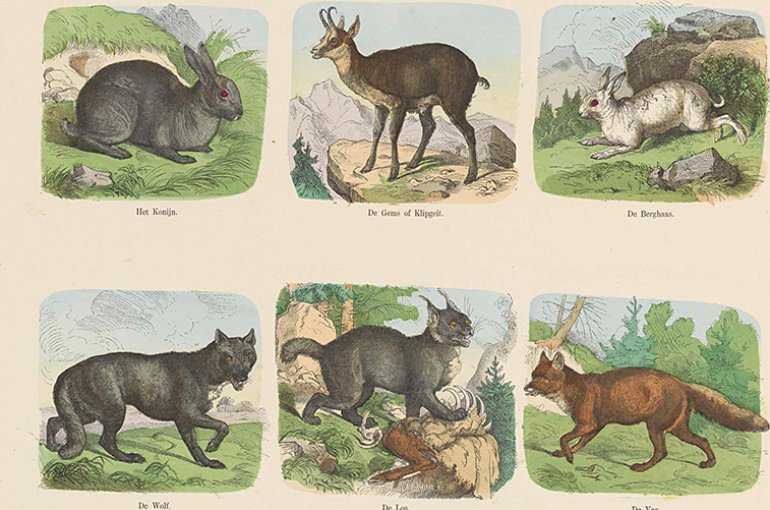ATHENA shows developments in Dutch nature

Nature lovers and researchers can refer to the developments of animals and plants in the Netherlands throughout the centuries at one central point as of today, specifically ATHENA.
ATHENA is a portal in development in which an enormous amount of information on biodiversity in the Netherlands is compiled. The goal of ATHENA is to simplify and encourage interdisciplinary research into biodiversity. ATHENA is a collaboration between Utrecht University (Jan Luiten van Zanden and Thomas van Goethem), Radboud University (Rob Lenders) and Wageningen University (Joop Schaminée).
DECREASE IN BIODIVERSITY
“In the news, we hear many reports about the decrease in biodiversity. This leads to various questions: What drives this development? Has nature preservation been effective today and in the past? Why are some species doing better than others? With the help of ATHENA, researchers can come closer to answering these questions,” says project coordinator Van Goethem.
COMPILED SOURCES
ATHENA compiles historical sources, archaeological sources and footage, and ecological data files such as countings. For the first time, it is possible to study a wide range of data on specific species of animals and plants. This is achieved in part thanks to contributions made by Dutch species organisations, such as SOVON and FLORON, the Cultural Heritage Agency, the Dutch Language Institute and the Rijksmuseum. The project is financed by CLARIAH, a national project that is designing a digital infrastructure in order to connect large amounts of data and software from various Humanities disciplines and make them digitally searchable.
“Every species, from the tern to the fritillary to the wolf, has its own story and with the help of ATHENA, we can better figure out these stories.”
THE STORY OF A SPECIES
“Every species, from the tern to the fritillary to the wolf, has its own story and with the help of ATHENA, we can better figure out these stories. One example of this is that terns who sat in the Netherlands had two crises in the past 150 years: around 1900, tern feathers were very fashionable and the birds were killed at a large scale (the ‘tern murders’), and around 1960, the use of DDT and related compounds resulted in a sizeable death by poisoning,” Van Goethem states.
ADOPT A PLANT OR ANIMAL
In order to strengthen the narrative of past – present – future regarding biodiversity, an ‘adoption plan’ is started with the help of IVN Natuur educatie. In this citizen science project, small groups of experts/enthusiasts are formed around a certain species of plant or animal. They receive guidance from an expert during their research, in which they use the database and enrich it. In order to bring structure into this knowledge, our work is based on occurrences, distributions, numbers and explanations.

